The planets in our solar system represent a stunning variety of worlds, each with its own unique characteristics and features. This intricate dance of celestial bodies began with the formation of the sun approximately 4.6 billion years ago, and has led to an awe-inspiring array of planets, moons, asteroids, comets, and other phenomena. From the blistering heat of Mercury to the icy depths of Neptune, understanding these planets helps us grasp the vastness and complexity of our solar system.
As enthusiasts of astronomy, looking up at the night sky is not merely about seeing twinkling stars, but also about the fascinating planetary bodies that reside beyond our Earth. Through this exploration, we will be diving deep into the realms of each planet, their properties, and their position in relation to the sun. Join us in this cosmic journey!
Mercury: The Closest Planet to the Sun
Mercury, the planet closest to the sun, is a fascinating study in extremes. Its surface is covered with a multitude of craters, akin to our own moon, due to its thin atmosphere that cannot shield it from meteoroid bombardment. Temperatures on Mercury experience extremes, reaching up to 800 degrees Fahrenheit (427 degrees Celsius) during the day, while plummeting to minus 330 degrees Fahrenheit (-201 degrees Celsius) at night. This erratic temperature range occurs due to its slow rotation period of 59 Earth days, which deviates sharply from its orbit of just 88 Earth days.
Characteristics of Mercury
The diameter of Mercury measures about 3,031 miles (4,878 kilometers), making it the smallest planet in our solar system. One of the most intriguing features of Mercury is its relatively large iron core which accounts for a significant percentage of its mass. Without a substantial atmosphere, the constant bombardment from space solidifies its surface further and adds to its distinctive landscape.

Venus: Earth’s Twin
Next in line from the sun, Venus holds the title of Earth’s twin due to its similar size and proximity. However, they are worlds apart in their environments. Venus’s atmosphere is a thick blanket of carbon dioxide with clouds of sulfuric acid, creating a runaway greenhouse effect. Temperatures on its surface reach a staggering 900 degrees Fahrenheit (475 degrees Celsius), making it the hottest planet in our solar system!
The Surface of Venus
Venus’s rocky terrain is marked by numerous volcanoes and vast plains, presenting a striking dichotomy between its torrid atmosphere and solid surface. Its day length is longer than its year; it takes about 243 Earth days to complete one rotation on its axis but only 225 days to orbit the sun. This peculiar rotation makes Venus’s day significantly longer than its year.
Earth: The Blue Planet
Our home planet, Earth, is the only known celestial body that supports life. Covering about 71% of its surface with water, Earth is unique among the planets in the solar system. It stands out with its atmosphere rich in nitrogen and oxygen, which is crucial for sustaining life.
The Ideal Conditions of Earth
Earth’s position within the Goldilocks Zone allows it to maintain a stable temperature range conducive to life, neither too close nor too far from the sun. This balance enables the presence of liquid water, essential for all known lifeforms. Earth rotates at an impressive speed, completing a rotation on its axis every 24 hours while orbiting the sun approximately every 365.25 days.
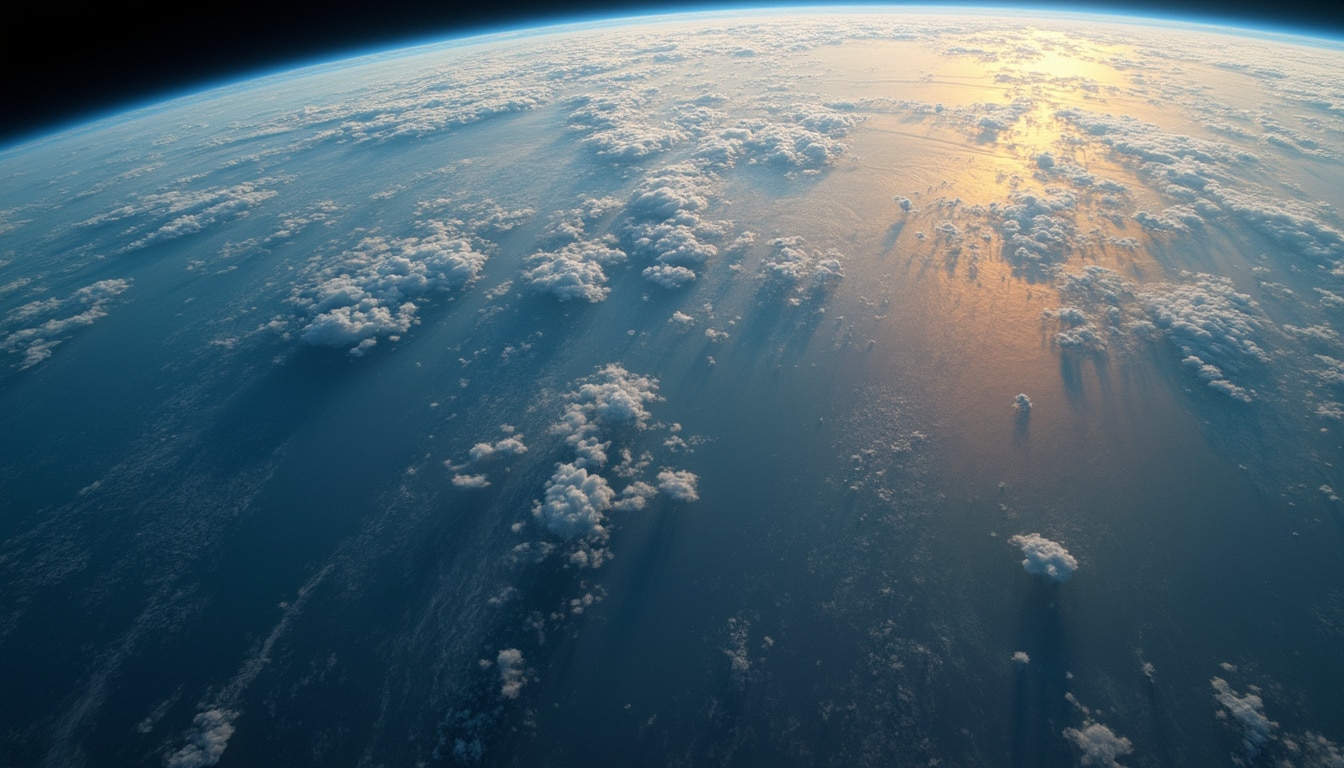
Earth’s Moons and Natural Features
Earth has one natural satellite, the Moon, which plays a critical role in stabilizing our planet’s tilt and influencing oceanic tides. Unique landscapes, featuring mountains, valleys, rainforests, and deserts, create a vibrant biosphere filled with diverse species. The study of Earth’s various ecosystems provides vital insights into the delicate balance of nature and the necessity for conservation.
Mars: The Red Planet
Moving further out, Mars, often dubbed the Red Planet due to iron oxide on its surface, has long captivated humanity’s imagination as a potential candidate for life. Its similarities to Earth, such as axial tilt and seasons, have spurred endless exploration, leading to groundbreaking missions.
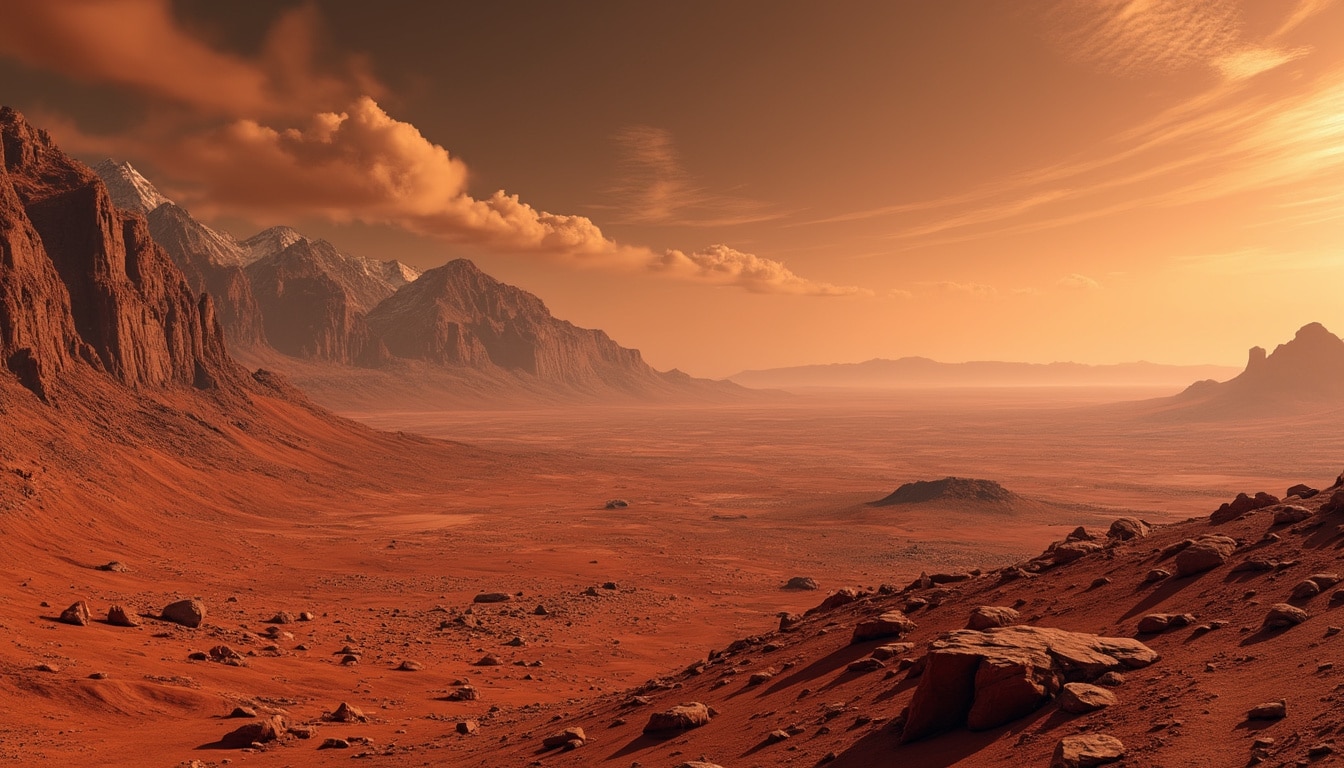
Geological Features on Mars
Mars is home to the largest volcano in the solar system, Olympus Mons, standing about 13.6 miles (22 kilometers) tall. Its extensive canyon system, Valles Marineris, stretches over 2,500 miles (4,000 kilometers), showcasing the planet’s eclectic geological history. Scientific evidence indicates that liquid water once flowed on its surface, and polar ice caps exist, highlighting the planet’s potential for past life. The atmosphere is incredibly thin, composed mainly of carbon dioxide, though traces of water vapor can sometimes be found.
Jupiter: The Giant Gas Planet
The fifth planet from the sun, Jupiter, is easily recognizable for its massive size and iconic Great Red Spot, a giant storm larger than Earth itself. As the largest planet in our solar system, Jupiter boasts a diameter of about 86,881 miles (139,822 kilometers), more than 11 times that of Earth.
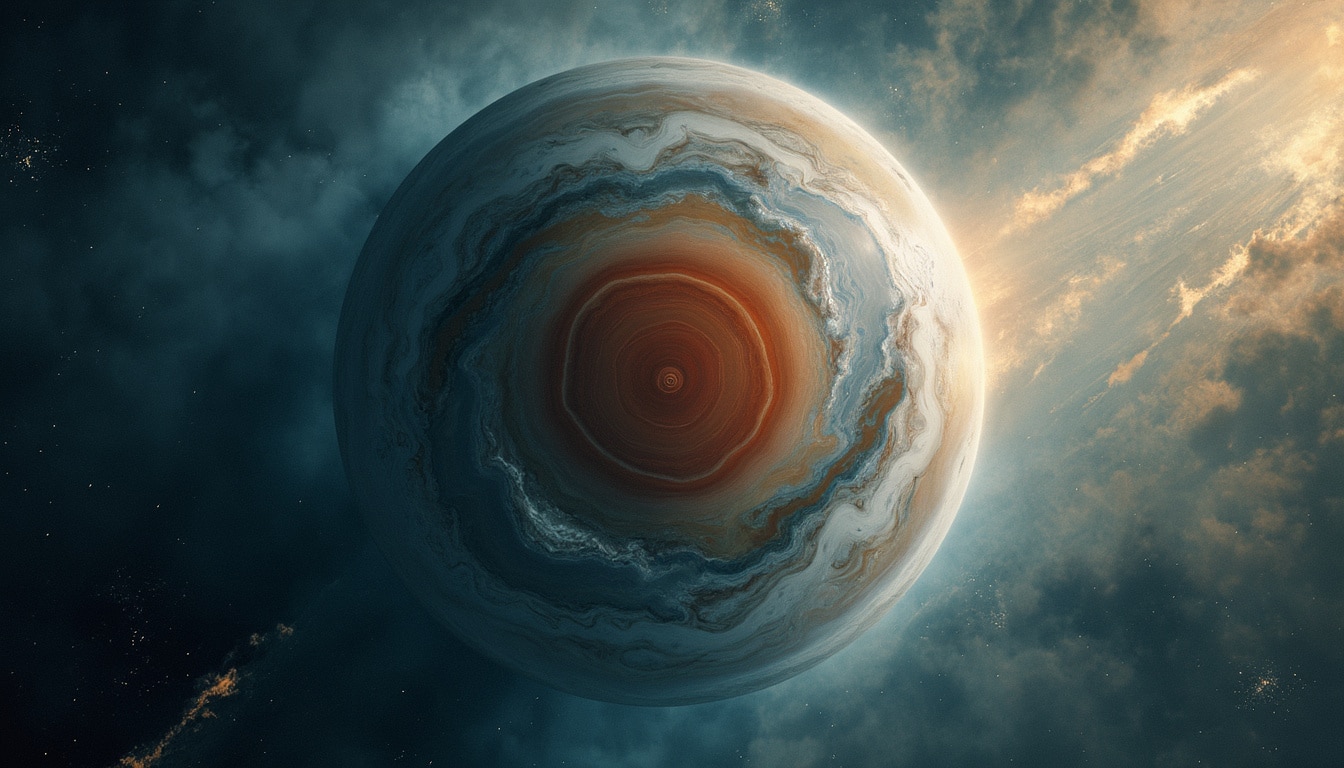
Jupiter’s Moons and Atmosphere
Jupiter is a gas giant primarily composed of hydrogen and helium, and it has a complicated atmosphere with bands of clouds at different altitudes. Its numerous moons, totaling over 79, include the four largest known as the Galilean moons: Io, Europa, Ganymede, and Callisto. Each of these moons presents unique geological traits, with Europa being particularly intriguing due to its subsurface ocean that might harbor signs of life.
Saturn: The Jewel of the Solar System
Renowned for its magnificent rings, Saturn is the sixth planet from the sun. These rings are composed of ice and rock particles, captivating astronomers and enthusiasts alike. Its intricate ring system and diverse moon population make Saturn a prime target for exploration.

The Composition of Saturn
Saturn’s gaseous composition mirrors that of Jupiter but has a lower density that allows the planet to float in water. It has over 146 confirmed moons, with Titan being the largest, boasting a thick atmosphere and bodies of liquid methane on its surface. Titan’s unique features have drawn comparisons to early Earth, and it remains a focal point for scientists searching for extraterrestrial life.
Uranus: The Sideways Planet
The seventh planet from the sun, Uranus is known for its unique axial tilt, causing it to rotate on its side compared to other planets. This unusual rotation leads to extreme seasonal changes, with each pole experiencing 42 years of continuous sunlight.
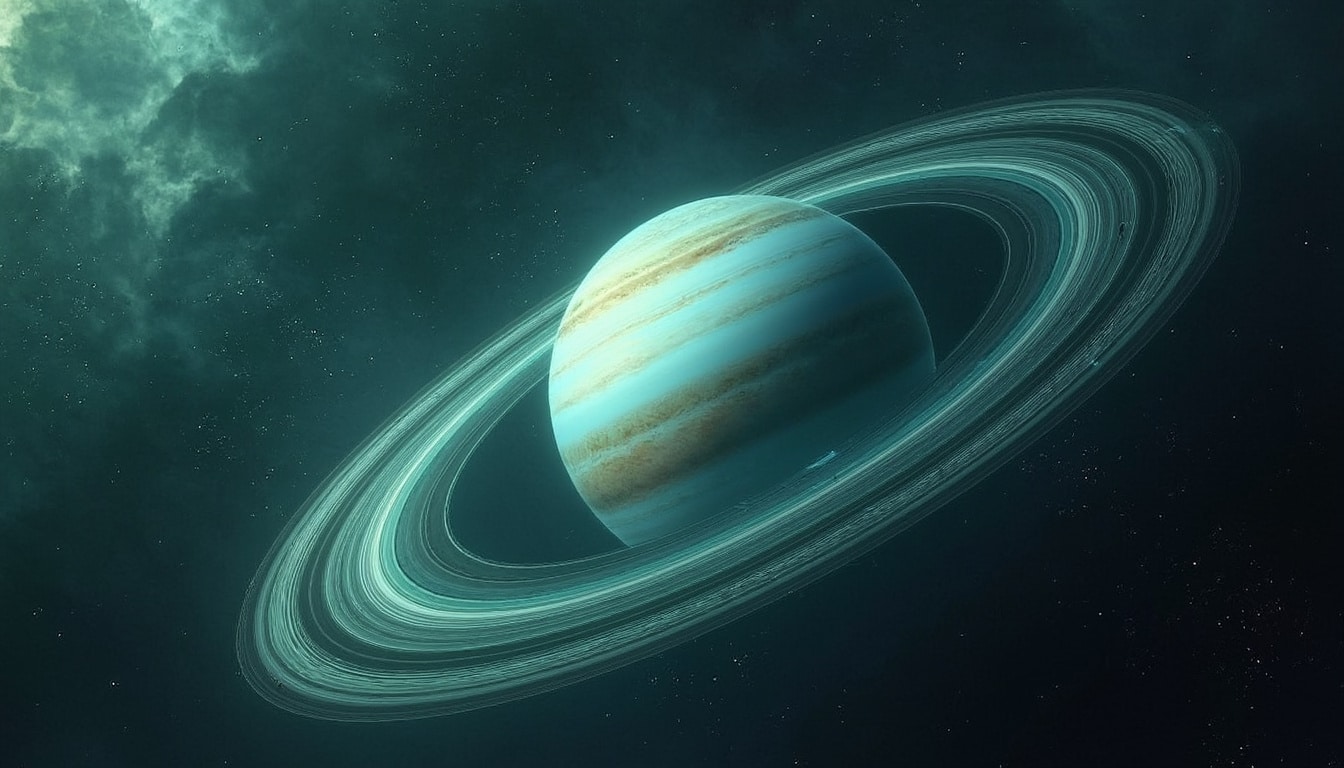
Atmospheric and Surface Features of Uranus
Uranus’s atmosphere is composed primarily of hydrogen and helium, with water, ammonia, and methane contributing to its icy composition. This gives the planet its striking blue-green color. Uranus also has a faint ring system and at least 27 moons, with some displaying unique geologic features, including large canyons and ice volcanoes.
Neptune: The Distant Ice Giant
Finally, we arrive at Neptune, the eighth planet in our solar system, recognized for its deep blue color and intense storms. It is the farthest from the sun, residing approximately 30 times farther than Earth.
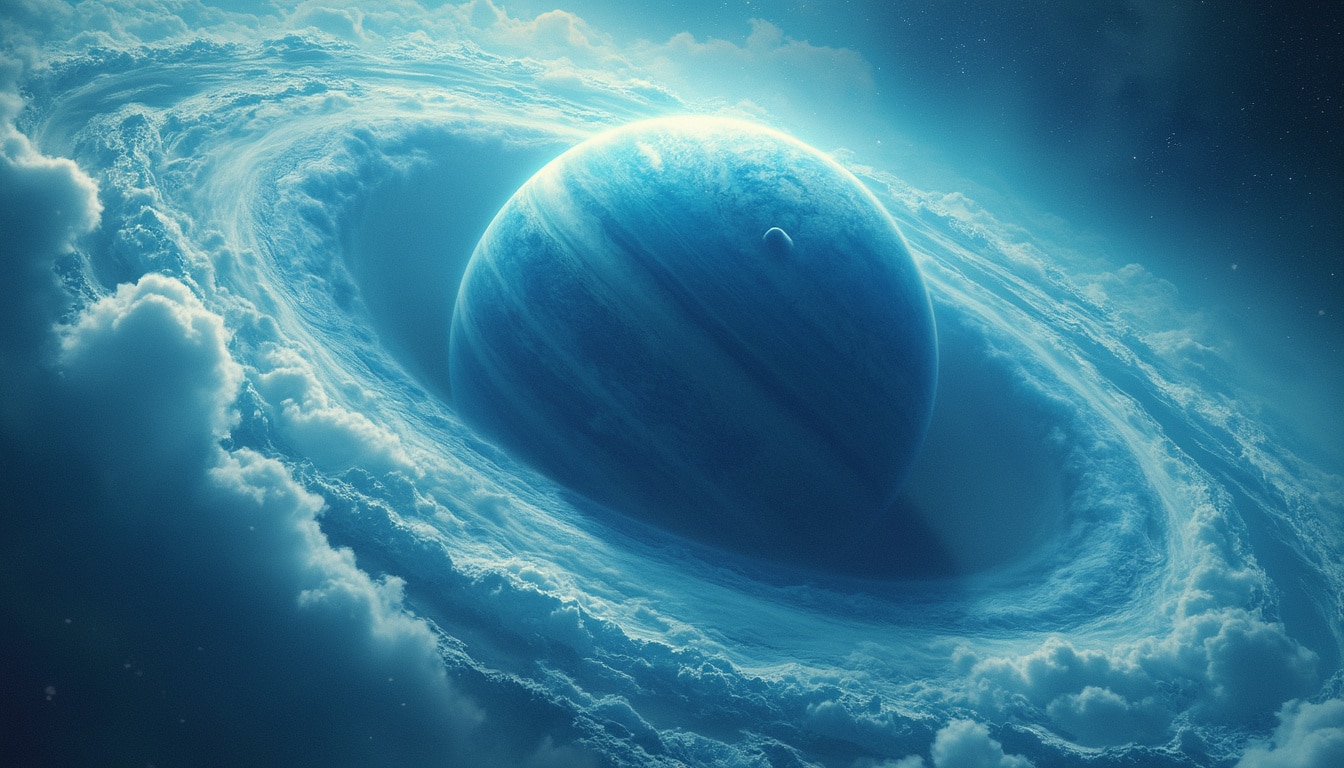
The Dynamic Storms of Neptune
Neptune’s atmosphere is characterized by the fastest winds in the solar system, reaching speeds of up to 1,500 miles per hour (2,400 kilometers per hour). The planet experiences fierce storms, some resembling the Great Dark Spot observed by the Voyager 2 spacecraft. Neptune also has 14 known moons, with Triton being the largest and exhibiting geysers that shoot nitrogen gas into space.
The Outer Reaches: The Search for Planet Nine
Beyond Neptune lies the vastness of the Kuiper Belt, containing numerous icy bodies and dwarf planets, including the infamous Pluto. The search for Planet Nine continues as astronomers speculate its existence based on the gravitational effects it has on distant objects in the Kuiper Belt.

Implications of Discovering Planet Nine
Should Planet Nine exist, it could provide valuable insight into the formation and evolution of our solar system. With its hypothesized orbit far outside the known planets, the study of such a body might even reshape our understanding of planetary dynamics.




Leave a Reply